Pitching Your Dreams: Mastering the Do’s and Don’ts of IP Presentation for Animation in 2023-24

It takes imagination to the limit in the fast-paced field of animation, so showcasing your intellectual property (IP) well is essential to making your visions come to life. The competition is intense as we enter 2023-24, and a strong pitch is more important than ever. Let’s examine the dos and don’ts related to IP presentations and how they can work or fail.
The Do’s:
1. Tell an Engaging Story:
Make sure your presentation opens with a compelling story that draws in viewers. Prove your animation’s originality by telling an engaging tale. Make an emotional connection with your audience so that they are left with a lasting impression.
2. Visualise Your Vision:
Make your thoughts come to life by using images. Utilise character designs, storyboards, and concept art to create a clear and compelling image of your animation. A compelling presentation that captures the spirit of your intellectual property (IP) can communicate your vision more effectively than words alone.
3. Know Your Audience:
Adapt your presentation to your target audience’s tastes and areas of interest. Demonstrating the commercial attractiveness of your animation requires an understanding of the demographics and preferences of potential viewers or investors.
4. Emphasise Your IP’s Unique Selling Points:
Determine what makes your IP stand out from the competition. Whether your IP is a distinctive animation style, cutting-edge technology, or inventive storytelling, highlighting these aspects will help it stand out in a crowded market.
5. Highlight Market Potential:
Provide information and analysis that backs up your animation’s commercial viability. This could include success stories from related ventures, the popularity of a given genre, or trends in the demographics. Potential partners or investors will feel more confident if you have a thorough awareness of the market.
6. Show Scalability:
Describe how your intellectual property can go beyond the original idea. Long-term interest and investment can be drawn in by demonstrating the scalability of your animation, whether it be through products, spin-offs, or cross-platform interaction.
The Don’ts:
1. Refrain from Overcomplicating:
Although specifics are important, don’t overburden your audience with detail. Make sure the essential components of your IP are obvious and simple to understand by keeping your presentation focused and brief.
2. Avoid general Pitches:
Avoid giving in to the urge to make a vague, general pitch. Adapt your presentation to your own intellectual property (IP), steering clear of cliches and popular motifs that could overshadow the originality of your animation.
3. Never Undervalue the Power of Preparation:
The significance of meticulous preparation should never be overlooked. Practice your pitch several times to make sure you deliver it confidently and smoothly. Your presentation’s credibility could be weakened by a lack of preparation.
4. Don’t Ignore Feedback:
Keep an open mind and be prepared to modify your presentation in response to helpful critiques. Ignoring criticism might result in lost chances for development and enhancement.
5. Don’t Ignore Legal Protection:
Take legal issues into account to safeguard your intellectual property. If you don’t have the correct trademarks and copyrights, your animation may be violated, which could be detrimental to its commercial success.
6. Avoid Ambiguity:
It’s important to be clear. Steer clear of confusing statements and unclear terminology that could confuse your audience. Your audience will grasp the core of your intellectual property (IP) if you deliver it in a clear and succinct manner.
In the dynamic world of animation, having a strong intellectual property presentation is essential to realizing your aspirations. By adhering to these dos and don’ts, you can confidently handle the difficulties of presenting your animation, guaranteeing that your distinct idea enthralls viewers and garners the backing it merits in 2023-24 and beyond.
Understanding and serving a variety of regional audiences is essential to the success of your intellectual property (IP) in the animation industry. Every region has unique market dynamics, preferences, and cultural quirks. Take into account the following tactics in order to market your animation intellectual property (IP) in various regions:
1. Cultural Sensitivity:
Appreciate and acknowledge cultural diversity. Make your animation unique so that it speaks to the customs and values of each locality. Character design, narrative themes, and cultural allusions are a few examples of this. Cultural awareness helps you stay out of trouble while also making your intellectual property more appealing.
2. Localised Marketing Campaigns:
Create marketing strategies tailored to the unique needs of each area. This entails using platforms that are well-liked in each location, modifying advertising tactics, and translating promotional materials. A focused strategy makes your animation more visible and builds a stronger bond with the regional audience.
3. Language Adaptation:
Make a quality investment in your animation’s language adaptation. Adding subtitles, dubbing, or even re-recording dialogue in local languages can help you reach a far wider audience. Providing information in the language that the audience speaks improves accessibility and strengthens the bond.
4. Investigate Regional Trends:
Keep up with local animation fads and tastes. It’s possible that what works in one place won’t appeal to another. To customize your intellectual property (IP) to the unique needs and preferences of each target market, conduct in-depth market research.
5. Work with Local Talent:
To give your IP authenticity, collaborate with regional writers, illustrators, and animators. An animated film that is more sophisticated and enticing can benefit from having a varied staff with an understanding of many cultural viewpoints. Navigating regional industry dynamics might also be aided by local colleagues.
6. Attend Regional Events and Festivals:
Take part in industry gatherings and animation festivals around the country. In addition to giving you visibility, this also enables you to network with local professionals, comprehend market dynamics, and obtain personal knowledge of audience preferences.
7. Adaptable Licencing Models:
Be willing to modify your licensing models in response to local market needs. Adjustability in terms of cost, availability, and licensing arrangements can aid you in navigating the various economic environments and stages of market development in different geographical areas.
8. Digital Distribution Strategies:
To reach audiences around the world, take advantage of digital media. Investigate joint ventures with well-known streaming services and internet platforms with global reach. A well-planned digital distribution plan may guarantee broad accessibility.
9. Adjust to Rating and Regulatory Requirements:
Become knowledgeable about local regulatory requirements and rating systems. For your animation to be successfully distributed and accepted, it is imperative that it adhere to local legislation and rating criteria.
10. Interact with Local Fan Communities:
Get involved with the fan communities in your area. Online discussion boards and social media give you a direct channel of communication with your audience. Pay attention to comments, find out what fans find interesting, and apply their viewpoints to your continuing plan.
The worldwide animation landscape is heterogeneous, therefore a one-size-fits-all strategy is insufficient. Embracing the diversity of cultures, languages, and market dynamics can help you position your animation intellectual property (IP) strategically for regional success. Customizing your sales strategy guarantees that your animation will strike a deep chord with viewers across the globe in addition to being entertaining.
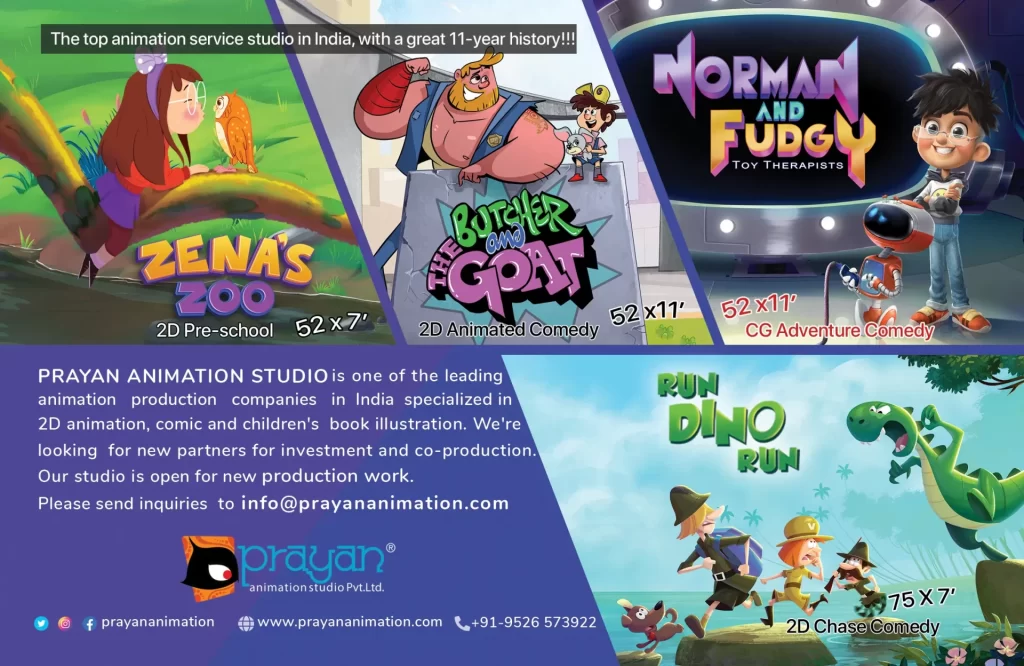
Want more information? Get in touch with Prayan Animation Studio to learn how Prayan IP was developed in 2023-24 and see examples like Norman And Fudgy Toy Therapists (Genre-Adventure Comedy, Duration-52×11′), Zena’s Zoo (Genre-Adventure Drama, Duration-52×11′), The Adventure of Norman And Fudgy- Hero for Toys (Genre-Super Hero Adventure, Duration-52×7′), The Jelly Bean Show (Genre-Adventure Educational, Duration-76×7′), Monty & Camy -The Mysteries of Nivood (Genre-Mystery, Adventure, Comedy Duration-104×3.5′), Butcher and The G.O.A.T (Genre-Action Comedy, Duration-52×11′), Run Dino Run (Genre-Chase Comedy, Duration-72×7’) etc.


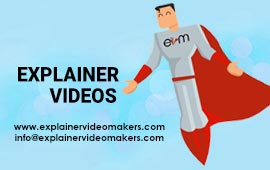
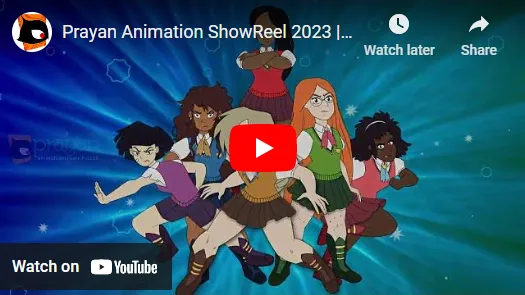
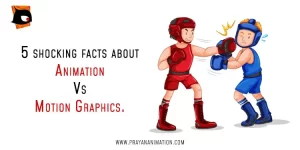
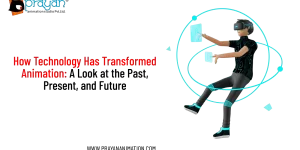
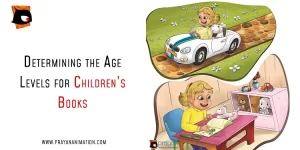
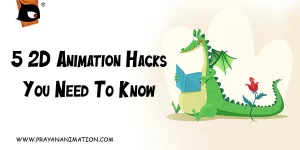


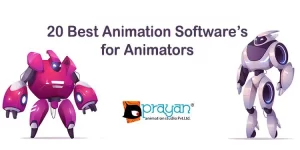
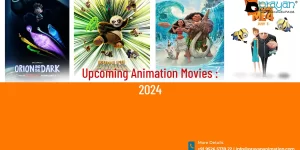
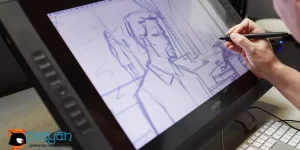
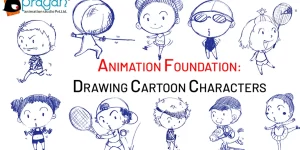
 We can help you.
We can help you. 




